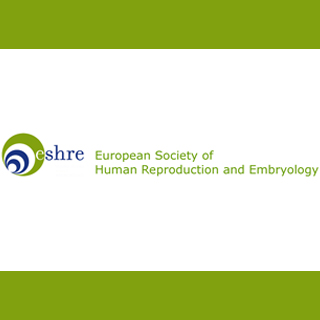
Scientists believe that if this model is put to use in all fertility clinics then, it would lead to reduction of twin rates just under 2% seen in the normal populace. Reports say they 4 clinics have already begun using the model. Sweden is supposedly a leader in efforts to reduce multiple pregnancies by enabling transfer of only one embryo to a woman’s womb as a part of the fertility therapies. In 2007, 69.9% of embryo transfers were single embryos, 30.1% were double embryo transfers, and only 5.3% were multiple deliveries.
“However, until now, evidence-based strategies have been lacking for guidance on when to perform single embryo transfer in order to achieve the best possible balance between maintaining a high level of live birth rates, but reducing twin implantation rates,†commented Dr Jan Holte Holte, who is medical director, a senior consultant and responsible for research at the Carl Von Linnéklinikken, Uppsala Science Park (Uppsala, Sweden).
A period spanning over 4 years from 1999 to 2002, was spent in examining a cascade of 3, 223 embryo transfers and noting down of 80 varied factors that seemed to contribute to the success of fertility treatment. It came to fore that 4 variables were prominent in pregnancy result predictions. They were namely, the quality of the embryo, age of the female, ovarian responsiveness, and the woman’s past IVF efforts.
With the aid of these 4 variables, investigators crafted a mathematical model that seemed to predict the chances of pregnancy after the transfer of 1 or 2 embryos and whether there was a risk of twins. In the period from 2004 to 2007, scientists practically used the model for clinical trials and for 3,410 embryo transfers. Their objective was to obtain a twin risk of nothing more than 15%. Any woman who had a higher percentage of twin risk received just one embryo in one cycle.
Embryos that were stored before implantation followed the same procedure. During this period the numbers of single embryo transfers raised from 76.2% and the rate of twin deliveries appeared to reduce from 26.1% to 1.9%. Live birth rates per new embryo transfer went down from 29.1% to 24.6%. However, the live birth rate in the 2 periods of 31.1% in the earlier period and 30.7% in the later period looked rather similar when the process was inclusive of the transfers of frozen-thawed embryos.
According to Dr Holte, certain regulations have been made considering that women in the later stages tend to be senior and have less efficient prognosis unlike those in the initial period. Therefore these women may have a lower prediction of live birth rate. After achieving this, the live birth rate in the later stage rose to 36% and included the frozen-thawed embryos as well.
The research revealed that the average birth weights rose from 3086g to 3412g; the frequencies of babies born prematurely (before week 33) and babies with birth weights below 2500g appeared to drop by two-thirds. The frequency of babies born small for gestational age were seemingly decreased by 26%, and deaths just before, during or just after birth were apparently lessened by 58%.
Dr Holte believes that these results are supposedly due to the lower rate of twins. There seemed to be no prominent differences in the outcomes between the 2 stages when only the babies born due to single pregnancy were compared. According to the researchers, this model predicted the rate of pregnancy that ought to take place in all women irrespective of their chances of becoming pregnant. This is presumably the first model of its kind that predicts pregnancy and twin risk rates as a process in the fertility treatment.
The findings were presented in the annual meeting of the European Society for Human Reproduction and Embryology.
